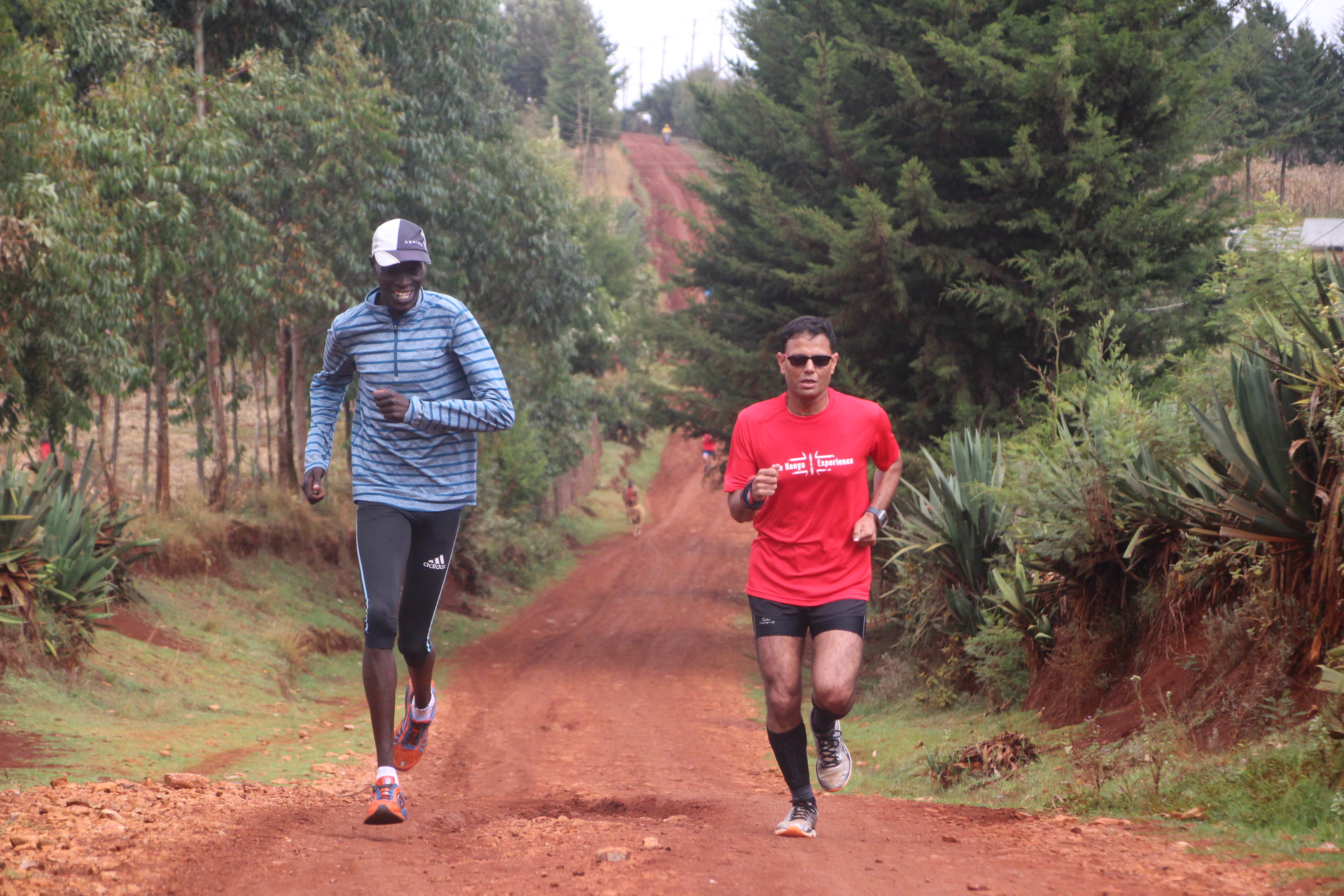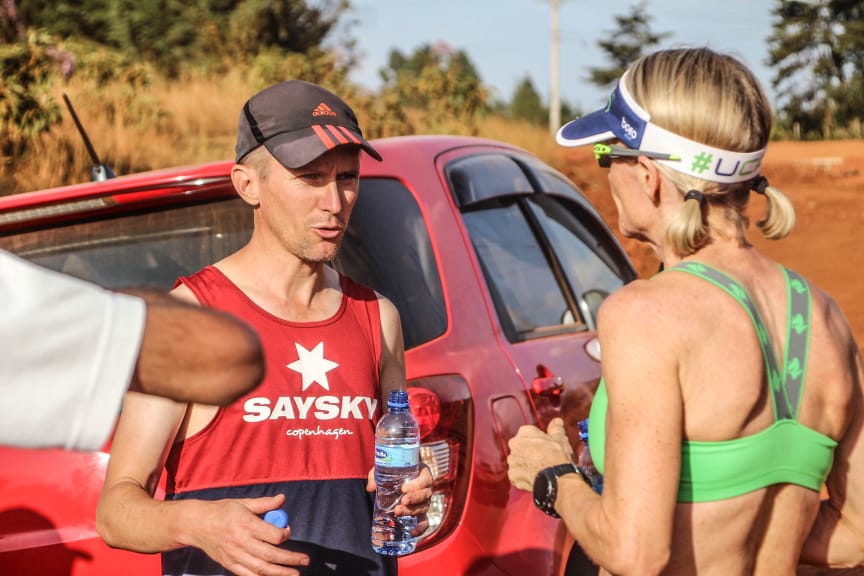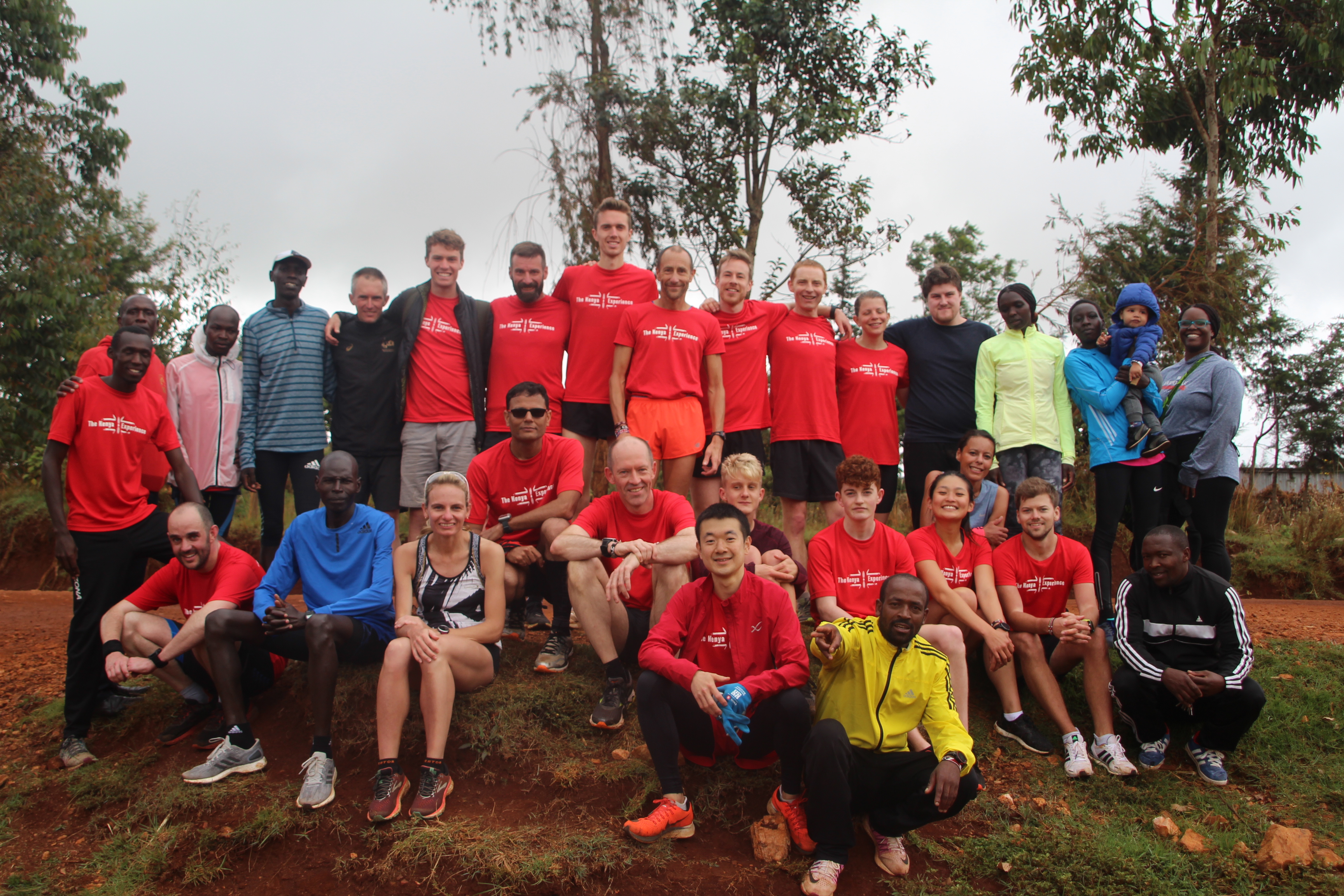This blog discusses the use of ‘Polarised Training’ in distance running training.
Many of you have probably heard of polarised training. Or the 80/20 method. This idea was popularised among runners by Matt Fitzgerald in 2014 in a book titled “80/20 running”. For those of you who have not heard of it, or just to freshen up your memory, I will give a short summary of the this method. I will give my opinion; what can we learn from polarised training & how can it help us become better athletes? And in part two, I will highlight potential flaws with this approach to endurance running training.
What is Polarised Training?
The terms polarised training and 80/20 are used to describe the same principle: According to research, most elite endurance athletes train about 80% of their sessions easy and about 20% of their sessions hard. They don’t do a lot of moderate running, since that would be relatively tiresome, while not having much benefits. Instead, they train either at high intensity, or at low intensity, with by far the most of their sessions being at low intensity.
Those who believe in polarised training, say that we should all follow the same principle as the elites. So generally speaking, amateur runners can improve more, if they apply the same principle and do only 1 in 5 sessions hard, with the other 4 being easy. More particularly, the hard sessions should be faster than our threshold. The idea of training at or slightly slower than the threshold is, according to the scientists behind polarised training, a waste of time, since most elites basically ignore that zone and train faster than their threshold.
The pro’s of polarised training
Let me start by explaining what is great and true about this idea. The scientist who has arguably contributed most to this concept is Stephen Seiler. Seiler is an American exercise scientist who lives in Norway. You can find a very informative PDF document from him here:
Having analysed the training of multiple world-class endurance athletes including rowers, runners, cross-country skiers, he found that they do indeed perform the majority of their training sessions at an easy intensity. He divides all their training into intensity zones; zone 1 up to zone 5 (don’t mix this up with your Garmin zones, because they probably don’t correspond well with that). Zone 1 is the easiest effort, zone 2 and zone 3 can be considered moderate and zone 4 and 5 are hard. World class athletes spend most of their training time in zone 1. So this makes some people wonder; if these athletes are so strong, why do they train easy most of the time? Well, the answer is very simple: Because top athletes understand it’s the recovery from hard training, that leads to improvement. Not the hard training alone.
Top athletes’ first priority is to do sessions at race pace, or let’s say between 90 – 110% of their race pace. Most find that they can do 2 or a maximum of 3 of such sessions a week. After each hard session, they need time to recover and get ready for the next hard work-out. Doing the hard sessions does not make sense, if you don’t recover. At the same time, they don’t just wait and lay in their beds. Well, they do that too (there’s a lot of lying in bed when you’re a professional runner, I know from my own experience as I would never skip my 90 minutes day time nap), but they also do easy runs. These easy runs are mostly done in zone 1, which, by the way, for some elite men can often be around 3.45 – 3.30/K or 6.00 – 5.40/M, so that is not super easy, right?
In short, elite runners do some hard sessions and lots of easy sessions. When they do hard sessions, it’s often close to their race pace. What they don’t do, is lots of moderate running. They may do some of that, but not too much, since it will affect their harder workouts.

As an amateur runner, there are 3 things you can learn from this (I will explain more about each point below):
- Make sure you do your hard sessions at the right intensity.
- Make sure you recover from your hard workouts by doing your easy runs easy enough and by having enough space between your workouts.
- Doing more easy runs does help to improve your performance.
Point 1: Training at the right intensity From my experience, there are lots of amateur runners, who go out for a one hour run and they actually run all the time at a moderate pace. Not really slow, not really fast. This makes you tired and has only limited training effects. And due to this moderate running, they are never really fresh and ready to go hard in a specific session. So they have a way of training that is the opposite of polarised training.
If I’m an elite runner who runs a 10K in 28’00 (which is 2’48” per K), I would do lots of sessions at (roughly) 3.05 – 2.30 per K. So that is between 90% to 110% of my race pace. When it’s winter time and I’m building up, I would focus more on running at 90% of race pace, so around 3.05/K – sometimes a bit slower and sometimes a bit faster than that. When I’m approaching race season, I will focus much more on race pace, and a bit faster than that. Apart from those workouts, I will fill my week with lots of easy running and a tiny bit of moderate running.
The same principle, more or less, counts for the runner who runs 50’00 on a 10K. He/she should do quality sessions between 4’30” – 5’30” per K. In between those quality sessions, there should be easy runs to recover and get ready for the next workout.
Point 2: Recovery This is a very important principle, which is sometimes overlooked by amateur runners. You can’t just do hard sessions all the time. You need to recover and that means easy running. Training is of course not only physical, but also mental. Top athletes know how to focus on a hard session and put lots of mental energy into it. After such a session, they can feel mentally drained. They need to recharge their battery, before they can do another hard session. That is also a reason why they do most of their sessions in zone 1; they recharge their mental battery, while still getting some training effect from the easy aerobic running.
Point 3: Importance of easy running People sometimes ask me why they should do easy runs at all. What is the point of running much slower than race pace? Well, first of all, we know that there are lots of physiological effects/adaptations from easy endurance training. Effects on the mitochondria, the capillarisation, the heart, our ability to use fat and glycogen as fuels, etc. Secondly, if easy running would not help, we would not see all of the elite runners do so much of it. Of course, not all top athletes run the same amount of mileage per week, but generally speaking a world class distance runner runs around 150 – 200K per week (93 – 124 miles per week), of which only 10-25% at a high pace and most of the rest easy.
Does the 80/20 method still hold true for amateur runners?
If you’re an amateur runner, should you take this very literally and do 4 out of 5 sessions easy with only 1 hard session? In my view probably not. You are doing much less overall running in regards to overall volume and frequency of runs. Maybe an elite runner does 10 runs per week and only 2 are really hard. But if you only do 4 runs per week you can probably also do 2 hard days. So you are using the 50/50 method not the the 80/20!
The elite and well trained runner will require more additional ‘easy’ runs than you do in order to build their required level of basic fitness, but copying the same ratio as them may be ineffective for amateur runners.
In my next blog I will further discuss the potential flaws of the polarised training theory and present some alternatives for you to consider.
Thanks, Hugo
About the author

Hugo van den Broek is Head Coach for the Kenya Experience. He is responsible for leading all coaching activities on our running camps in Iten and acts as a mentor and guide to our assistant coaches. Hugo is a former international athlete with a best marathon time of 2hr 12. He represented the Netherlands on many occasions in international events, and since his retirement from competition has made a successful transition into the world of coaching.
The Kenya Experience – Running Camps in Iten Kenya for runners of all levels

Our running camps provide an inspirational location, expert coaching and a supportive group environment for runners of all levels.With an emphasis on ‘doing it the Kenyan way’ the camps include guided runs, practical workshops and an exciting itinerary outside of the actual training itself which will immerse you inside the Kenyan running scene. You will meet and learn from top Kenyan runners & coaches and interact with the local community in Iten under the guidance of our expert staff.Want to know more? Click here for details on our training camps.
Recent Comments